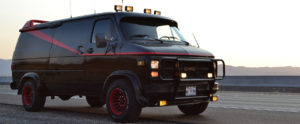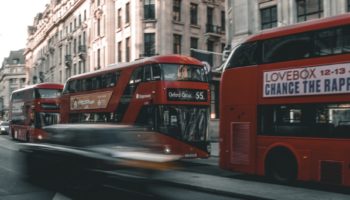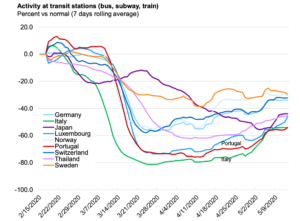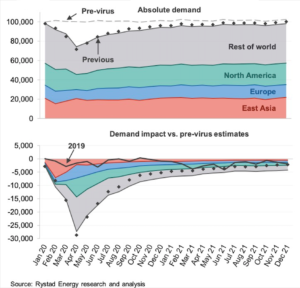Action movies, cartoons, TV shows and inspirational stories have happened in buses. Here’s our ultimate list of the best fictional buses.
Speed (1994)
This feature film inspired by the movie Runaway Train, in which a train is launched at full speed and can no longer slow down, proposes a similar scenario with a new-look 1966 General Motors TDH-5303 bus that runs at maximum speed and can’t stop unless it explodes. Eleven buses and three Grumman 870 buses were used in the film’s production. Two were blown up, one was used for the high-speed scenes, one had the front cut off for inside shots, and one was used solely for the “under bus” shots. Another bus was used for the bus jump scene, which was done in one take.
Among those eleven buses, the last 2 were sold for 30,000 dollars in 2018

Into the wild (2007)
The Magic Bus is actually a wreck of a 1946 Alaska International Harvester K-5 bus (ex Fairbanks City Transit System bus 142). Made popular by the book and the movie Into the Wild, this bus is the place where Christopher McCandless, an American adventurer, lived for about 112 days from May 1st 1992 and where he died. In July 2019, a young woman died, swept away by the current of the Teklanika River while trying to reach the famous 142 bus.
Recently, on June 18, 2020, the Alaska Army National Guard removed Bus 142 from the Stampede track.


The A Team (2010)
The A team is an American tv show, where 4 men, from an elite unit of the army are in charge of a top secret mission, it’s thanks to this GMC van 3500 that they travel.
You could also have found the best replica of The A Team van for sale on the french app “le bon coin”, in December 2016, this 1983 van, at the price of 36,000 euros. The interior is identical to that of the TV Show: custom leather seats, vinyl-lined ceiling and walls, and a police vehicle radar.

Captain Fantastic (2016)
In this American film, the character Viggo Mortensen decides one day to raise his five children in complete autarky. He renovates the 1993 model of the GMC Bluebird bus into a van so that he and his family can live in it. You can buy one for 3,410 dollars .

My neighbor Totoro (1988)
This Japanese animated film directed by Hayao Miyazaki and produced by the Ghibli studio, is also known for its intriguing and smiling cat-bus. This cat-bus makes it possible to travel quickly from one point to another in the Hiroshima countryside in the sky.
As far as we know, it doesn’t exist in real size, so you can buy smaller versions for less that 20€

Scooby-Doo (2002)
The Scooby-Doo series and animated films are known worldwide for their characters with strong personalities and their famous 1972 Ford e200 ecoline van, renamed The Mystery Machine. If you’re a big fan, you can buy a replica for $59,000.

The Magic School Bus (1994)
The magic school bus is an edutainment American animation series released in 1994. Through its 52 episodes, the teacher Miss Bille-en-tête and her students travel aboard the magic school bus to explore different unusual places: space, the ocean, the anthills, the jungle forest or even the inside of the human body.

















